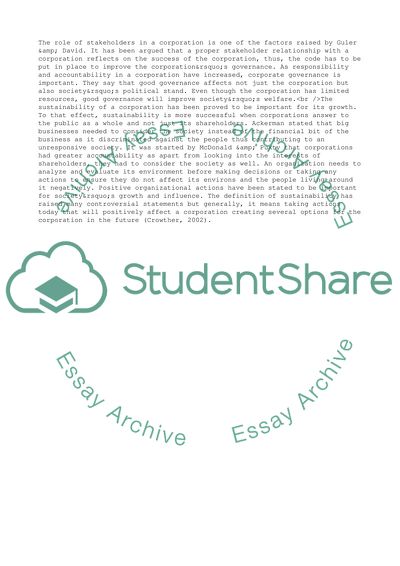Cite this document
(“KPTC Bus Kuwait Company Essay Example | Topics and Well Written Essays - 5000 words”, n.d.)
KPTC Bus Kuwait Company Essay Example | Topics and Well Written Essays - 5000 words. Retrieved from https://studentshare.org/business/1818013-kptc-bus-kuwait-company-report
KPTC Bus Kuwait Company Essay Example | Topics and Well Written Essays - 5000 words. Retrieved from https://studentshare.org/business/1818013-kptc-bus-kuwait-company-report
(KPTC Bus Kuwait Company Essay Example | Topics and Well Written Essays - 5000 Words)
KPTC Bus Kuwait Company Essay Example | Topics and Well Written Essays - 5000 Words. https://studentshare.org/business/1818013-kptc-bus-kuwait-company-report.
KPTC Bus Kuwait Company Essay Example | Topics and Well Written Essays - 5000 Words. https://studentshare.org/business/1818013-kptc-bus-kuwait-company-report.
“KPTC Bus Kuwait Company Essay Example | Topics and Well Written Essays - 5000 Words”, n.d. https://studentshare.org/business/1818013-kptc-bus-kuwait-company-report.


